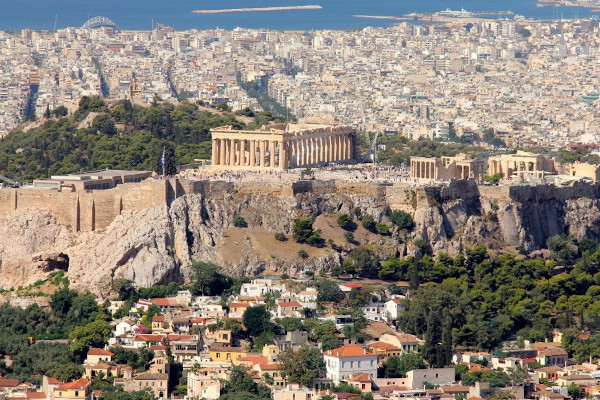The Acropolis of Athens indicates the rock that hosts the Parthenon, the Temple of Athena Nike, the Propylaea, as well as the Erechtheum and other smaller buildings. The rock was used as a natural reserve, a warehouse and administrative space in case of a siege of Athens and included buildings of stone and wood until Pericles decided the construction of the structures that remain until our days.
The architects Iktinos and Kallikratis and the sculptor Phidias were the designers and those who were responsible for the construction of the Parthenon. The building process began in 447 BC and continued until 432 BC. The other buildings were completed before 406 BC, while during the years, there were many additions to the cluster, the most important of which is the theatre of Herod Atticus, in 161 AD.
Pericles, in order to build the Acropolis, used the money of the Delian League, which caused severe controversies by Pericles' rivals, who accused him of squandering public money and embezzlement of foreign money in times of war, as at that time Athens was beginning a war towards Sparta.
During the centuries, the Parthenon was used as a temple, a mosque, and as a gunpowder storehouse within the Byzantine period and the Turkish occupation.
The buildings were bombed, cracked by earthquakes, and plundered by Byzantines, Franks, Turks, and English over the centuries. Nevertheless, the Parthenon still inspires awe and is one of the wonders of the ancient world.
